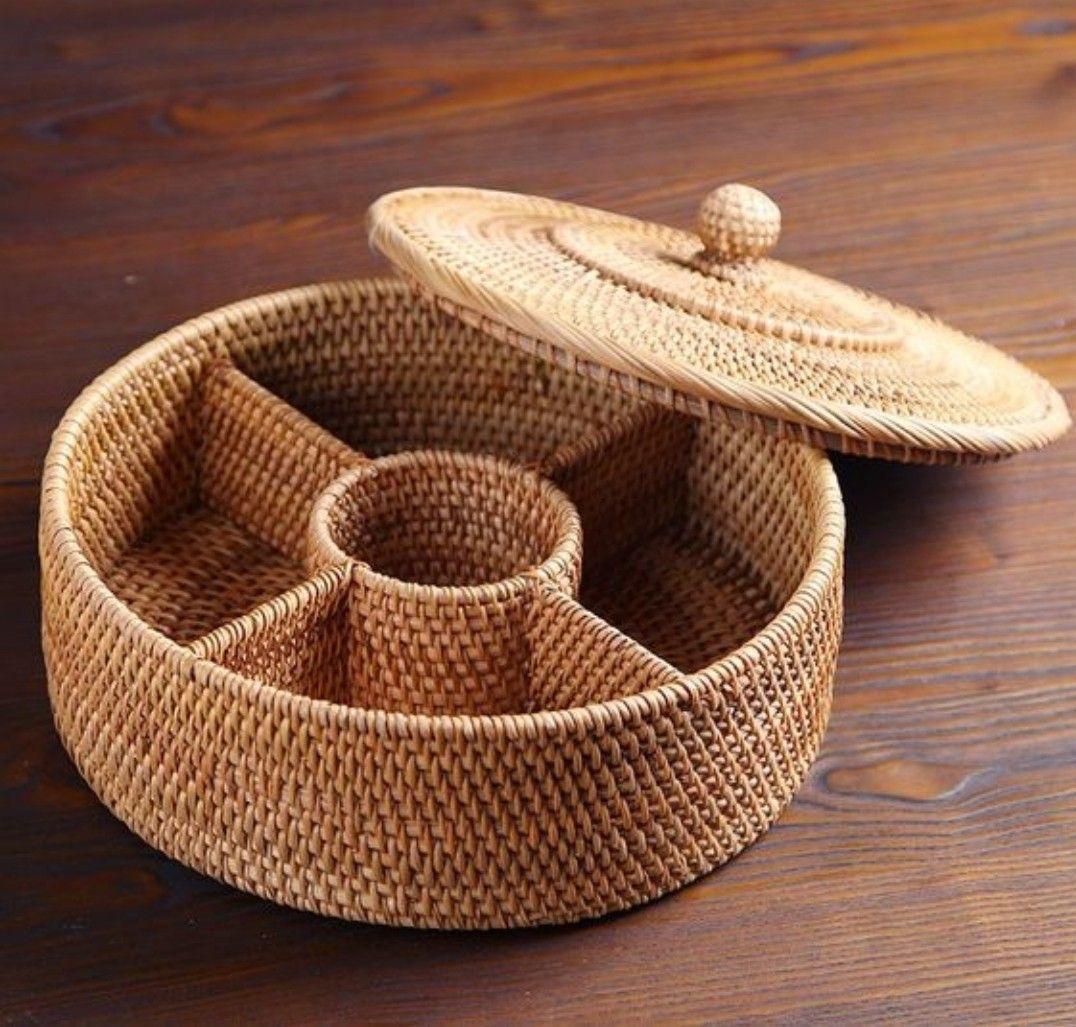Production Techniques
15Jan
The methods and techniques used in producing rattan furniture are diverse and constantly evolving with innovative designs. Generally, the rattan furniture manufacturing process can be divided into several main stages:
- Raw Material Selection and Preparation:
- Rattan Selection: Rattan is selected based on its quality, color, and thickness to suit the specific design requirements of the product.
- Drying: Fresh rattan is dried to reduce moisture content and prevent decay.
- Processing: The rattan is split, cut, or shaped according to the design needs.
2. Frame Construction:
- Wooden Frames: Hardwoods such as teak or mahogany are commonly used for the primary frame of rattan furniture. These woods provide a strong and durable foundation, often complementing the natural beauty of the rattan.
- Metal Frames: For modern furniture designs, metal frames, particularly iron, are frequently used to enhance the overall strength and stability of the piece. Metal frames can also create a more contemporary and industrial look.
- Combining traditional craftsmanship with modern manufacturing techniques, our rattan products are made using the highest quality rattan sourced from Indonesia. Our skilled artisans and state-of-the-art facilities guarantee exceptional quality and consistency.

3. Joining Process:
- Weaving: Rattan is woven using various techniques to form the surface of the furniture. Common weaving techniques include flat weave, round weave, and combination weave.
- Fastening: To join the rattan pieces to the frame, small nails or special adhesives are often used.
4. Finishing Process:
- Sanding: The furniture surface is sanded to remove sharp rattan fibers and create a smoother finish.
- Staining: Furniture can be colored to suit individual preferences using natural or synthetic dyes.
- Coating: To provide additional protection and enhance the appearance, the furniture is coated with varnish or oil.
Comments

